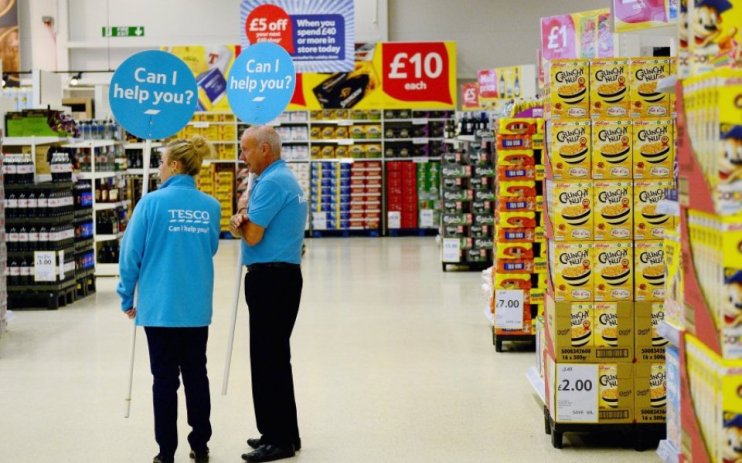Many lessons can be learned from drink driving and smoking laws to tackle obesity

Obesity has been a hot topic over the past week. The government announced it would delay its plan to implement restrictions on junk food marketing and volume-based price promotions. These had been presented as key elements in the strategy to reduce obesity.
With a timing which was either impeccable or pure good luck, the Cancer Society published the finding of a worrying research study on obesity. By 2040 no fewer than 21 million adults – almost 40 per cent of the total adult age population – would be obese, according to the research.
Obesity is of course a major risk factor for cancer. It was a key factor in many of the deaths from Covid-19 in the first year of the pandemic. And it has adverse effects on many other areas of personal health – such as diabetes and heart problems.
Obesity brings with it huge human suffering, and it creates considerable monetary costs for treatment, placing a broader burden on the NHS. The government should see strong incentives to reduce obesity substantially.
It is perhaps not sufficiently appreciated how rapidly this wave of obesity has spread. Last summer, for example, in the run up to the Euro football final played between England and Italy, clips were played on television of the national team’s last great triumph, winning the World Cup in 1966. A striking feature of the Wembley crowd on that day is how slim they all were by modern standards.
The rise of obesity is even more recent than that. It has grown enormously in the course of just a single generation.
We might usefully think about how two other major health related issues have been, if not exactly eliminated, very much reduced over time – namely, drink driving and smoking.
It was around the time of that famous World Cup victory that the then Labour government introduced the first set of drink driving laws. They were massively unpopular and widely ignored.
Gradually, however, the costs of being caught began to sink in. Incentives were created not to do it, in the form of fines, loss of licence and higher insurance premiums. As numbers began to fall, social attitudes began to change. Fewer and fewer people drank heavily and then drove. It gradually became the social norm to remain sober enough to drive safely.
The same pattern can be seen with smoking. The percentage of the adult population who smoke has fallen by over two-thirds in the past fifty years, from 45 per cent in the early 1970s to just 14 per cent now.
A key reason is price. Higher and higher taxes on cigarettes not only led smokers to smoke less, but to increasing numbers giving up altogether.
And, again, as fewer smoked, social norms began to change. Going back to the late 1940s, smoking was seen as a mark of sophistication, and no less than 82 per cent of adults smoked. Now, on several occasions, smoking is actively frowned upon.
Reducing obesity substantially will also be a task which takes decades. But it will need the same combination of incentives and changes in social norms to achieve a concrete outcome. The longest march, however, begins with just a single step.
The experiences of drink driving and smoking show that the first step is to create monetary incentives to reduce or abandon the particular type of behaviour. Despite the cost of living crisis, the government must learn this lesson.
